The Uncertain Future of Roosevelt Park’s Wild Horses
The National Park Service is currently assessing the situation of the wild horses in Theodore Roosevelt National Park in North Dakota. A public comment period of 30 days has been initiated to gather opinions and insights.
This procedure aims to determine whether the presence of these horses is beneficial or detrimental to the park’s ecosystem and visitor experience.
Public Participation Invited
The public’s voice is instrumental in deciding the fate of these wild horses. A draft environmental assessment has been released, providing insights into the potential impacts of the horses on native wildlife and vegetation.
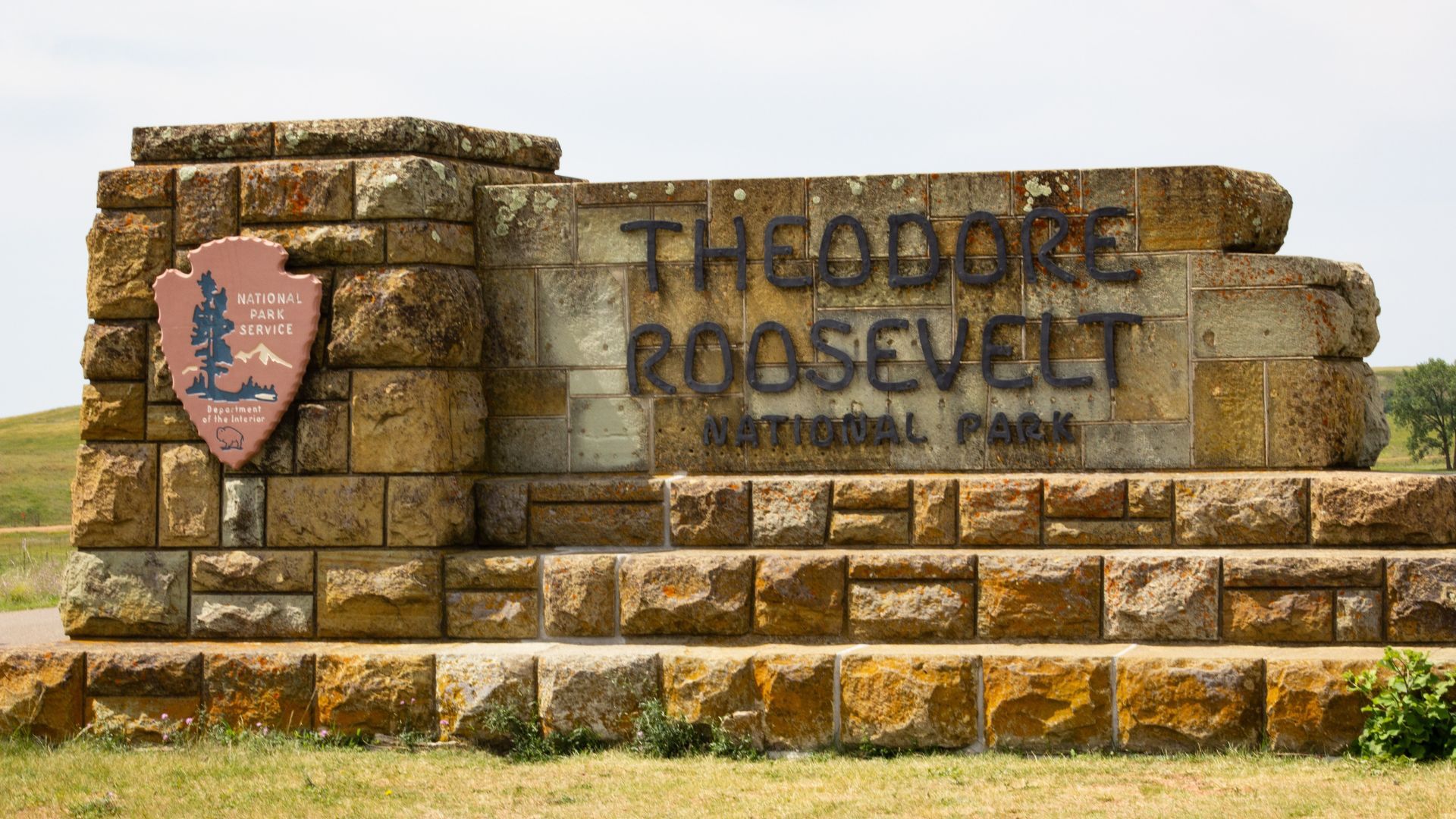
Source: Ryan Stone/Unsplash
While there are concerns about ecosystem preservation, there’s recognition of the horses’ contribution to visitor experience and historical context.
The Governor's Standpoint
North Dakota’s Governor Doug Burgum expressed his support for keeping the horses within the park. He highlighted the animals’ popularity among tourists and their connection to the region’s history and the legacy of Theodore Roosevelt.
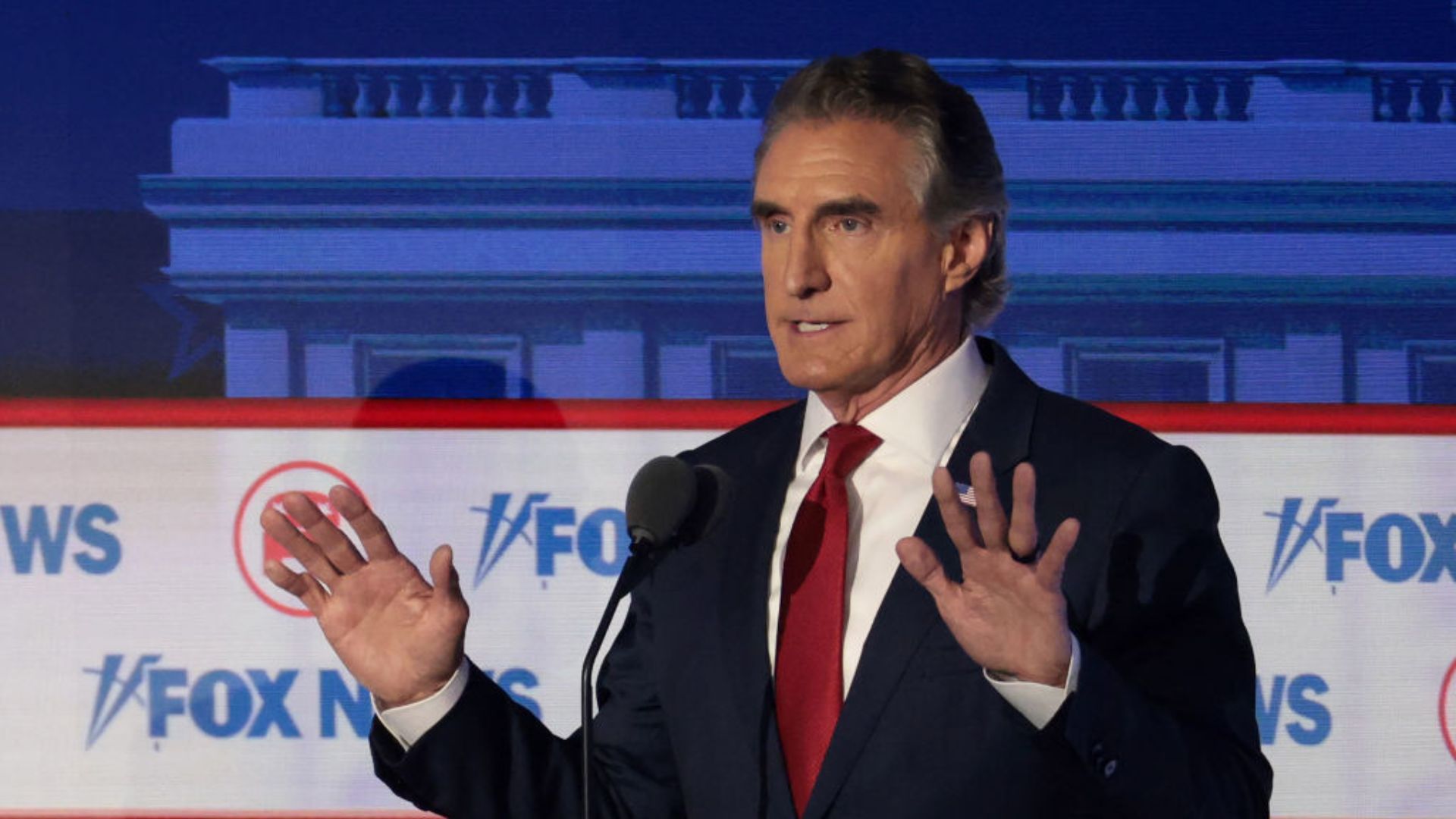
Source: Getty Images
These horses are viewed by many as a living representation of the untamed spirit characteristic of the Badlands.
Historical Significance
Governor Burgum noted the historical context, explaining that these wild horses have roamed the Badlands since the time of Theodore Roosevelt.
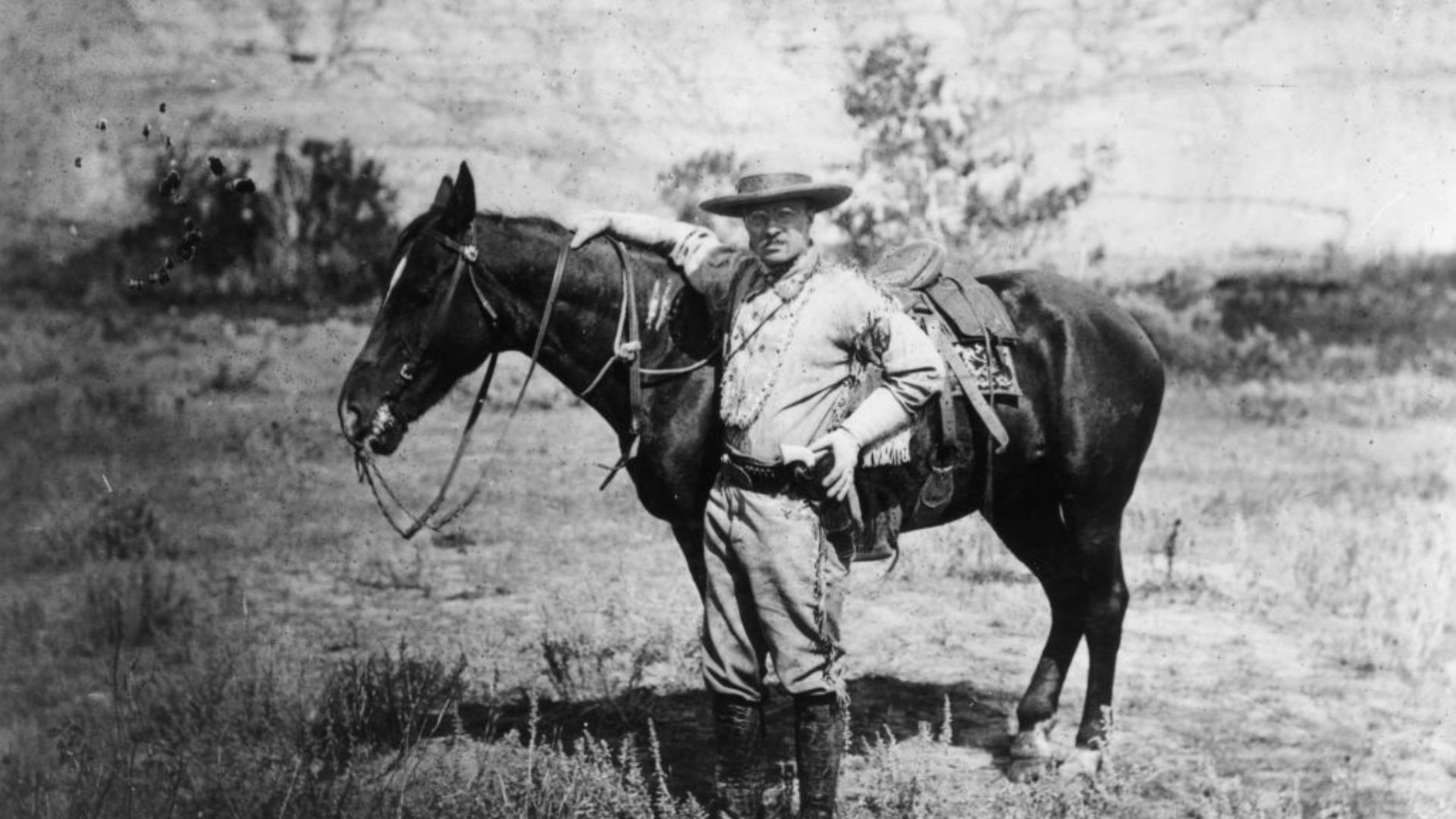
Source: Getty Images
They bear witness to various significant periods, including Roosevelt’s transformative years, the establishment of the park in 1947, and its official designation as a national park in 1978, painting a rich historical tapestry.
Environmental Concerns
While the horses are an iconic spectacle, their presence raises environmental concerns. The National Park Service is tasked with balancing the conservation of native wildlife and vegetation with maintaining visitor attractions.
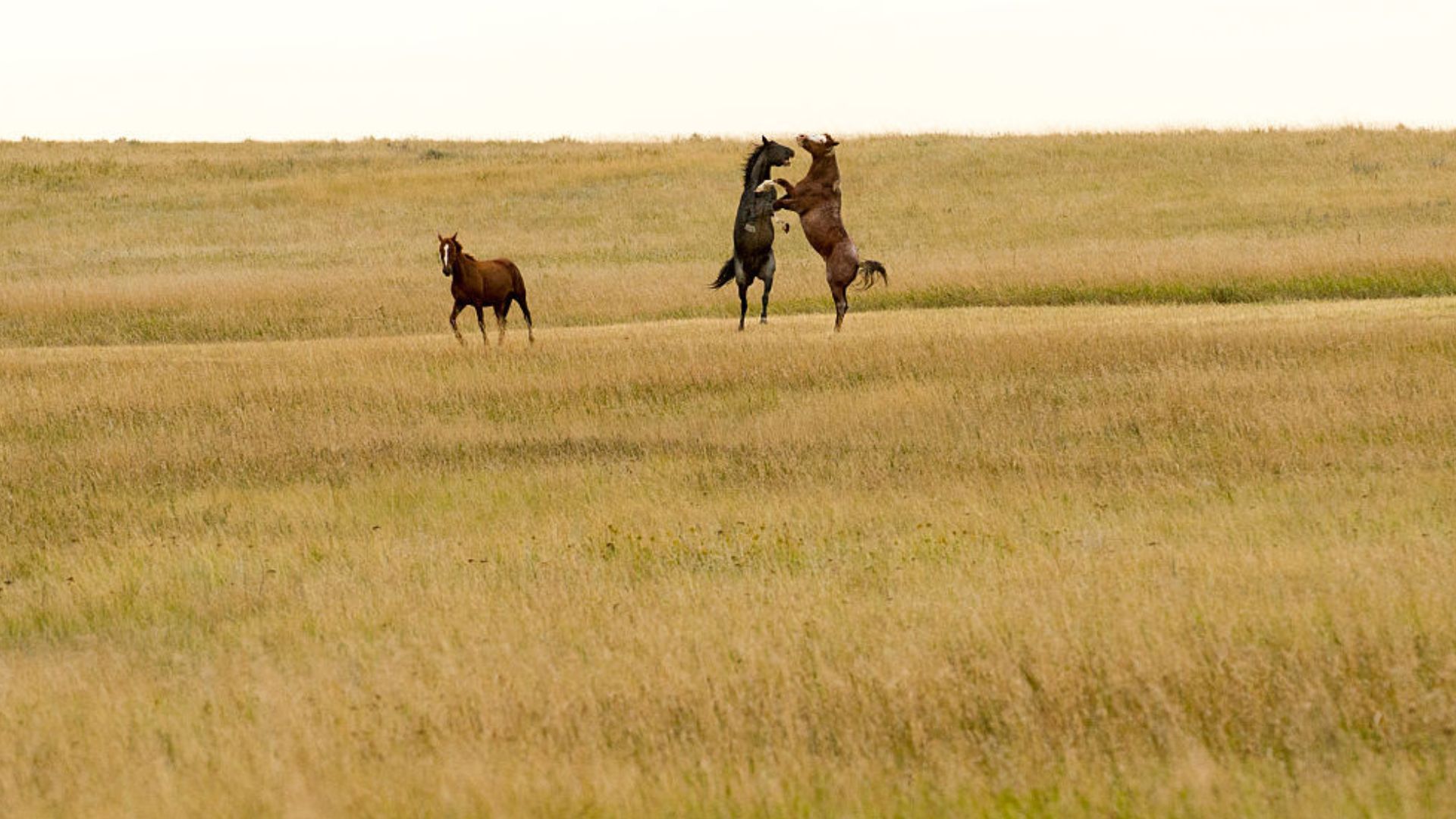
Source: Getty Images
The horses, though admired, are branded by some officials as “livestock,” igniting a debate on their appropriate classification and treatment.
Proposed Removal Methods
One proposal entails capturing and relocating the horses. Tribes would receive some of them, with others potentially being auctioned or given to different entities.
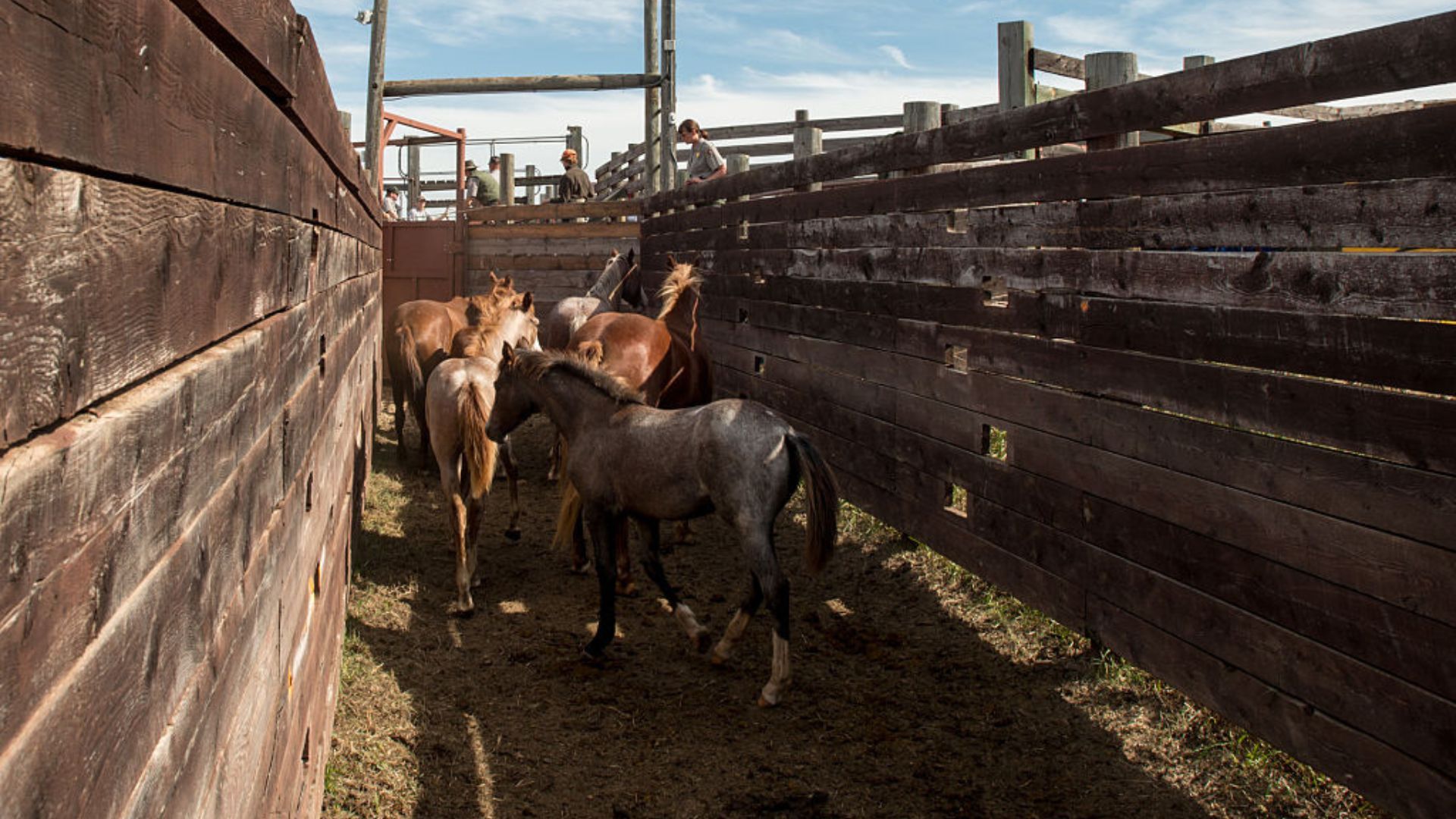
Source: Getty Images
An alternative approach would apply techniques to halt reproduction, allowing the current population of horses to live out their lives in the park, addressing both ecological and ethical considerations.
Origins of the Horse Population
In 1947, following the establishment of the park, a few bands of wild horses were inadvertently enclosed within its boundaries.
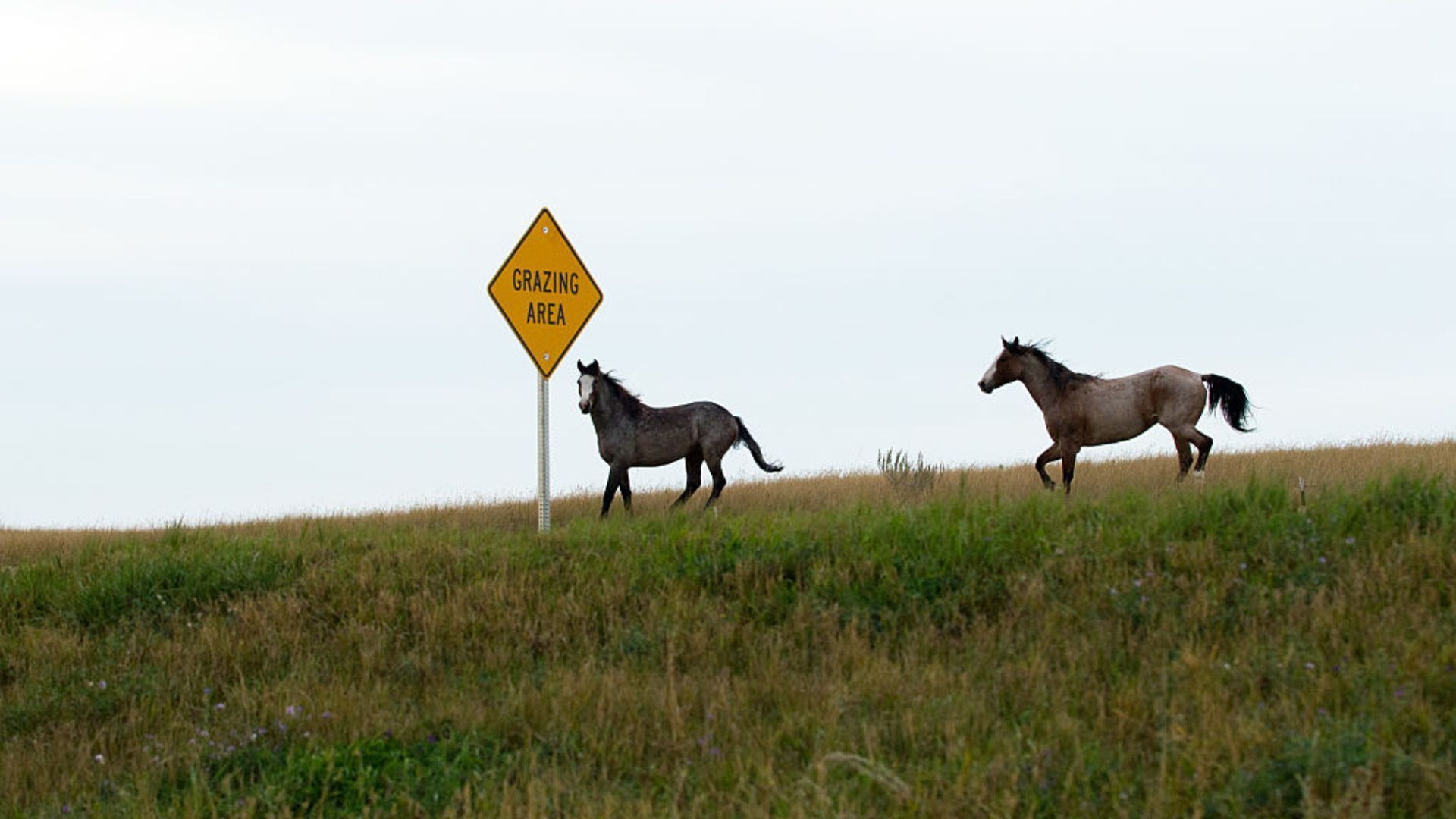
Source: Getty Images
Castle McLaughlin, a graduate student, recounted this occurrence during her research on the horses’ history and origins in the 1980s, shedding light on the accidental beginning of the horses’ residency in the park.
Shift in Perception
Initially, park officials attempted to eradicate the horses, seeing them as intruders. Horses were either shot or removed.
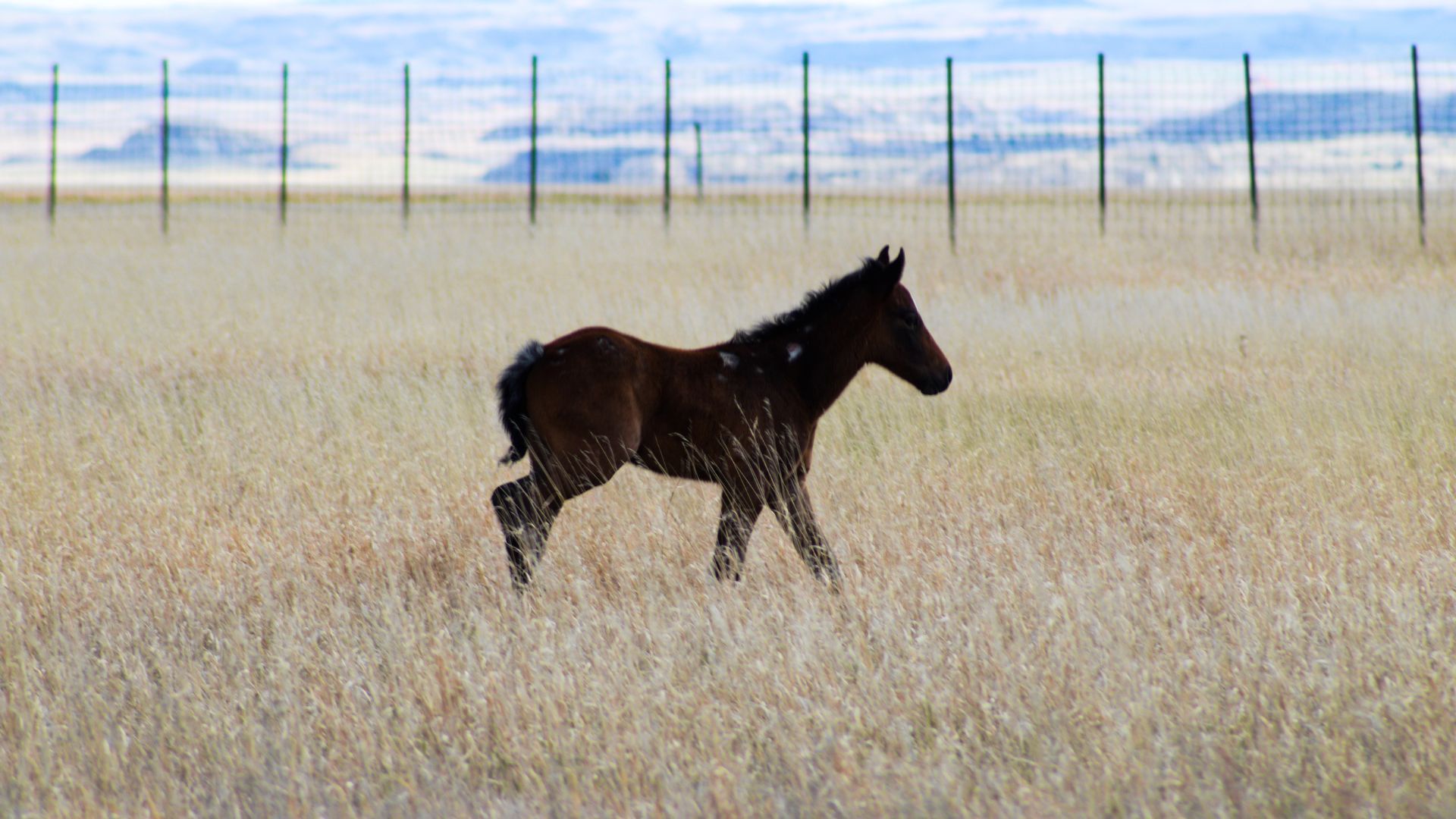
However, the discovery of writings by Roosevelt about the wild horses in the Badlands led to a change in attitude. The horses transitioned from being considered pests to treasured elements of the park’s historical narrative.
Current Scenario
The ongoing debate is characterized by diverse perspectives. The wild horses, now at the center of discussions involving the National Park Service, environmentalists, and the public, stand at a crossroad.

Source: Rich Martello/Unsplash
The outcome will determine whether they remain an integral part of the park or are removed to prioritize native wildlife and vegetation conservation.
Public Input
The public’s role is pivotal in this scenario. The National Park Service is keen on incorporating diverse perspectives to make an informed decision.
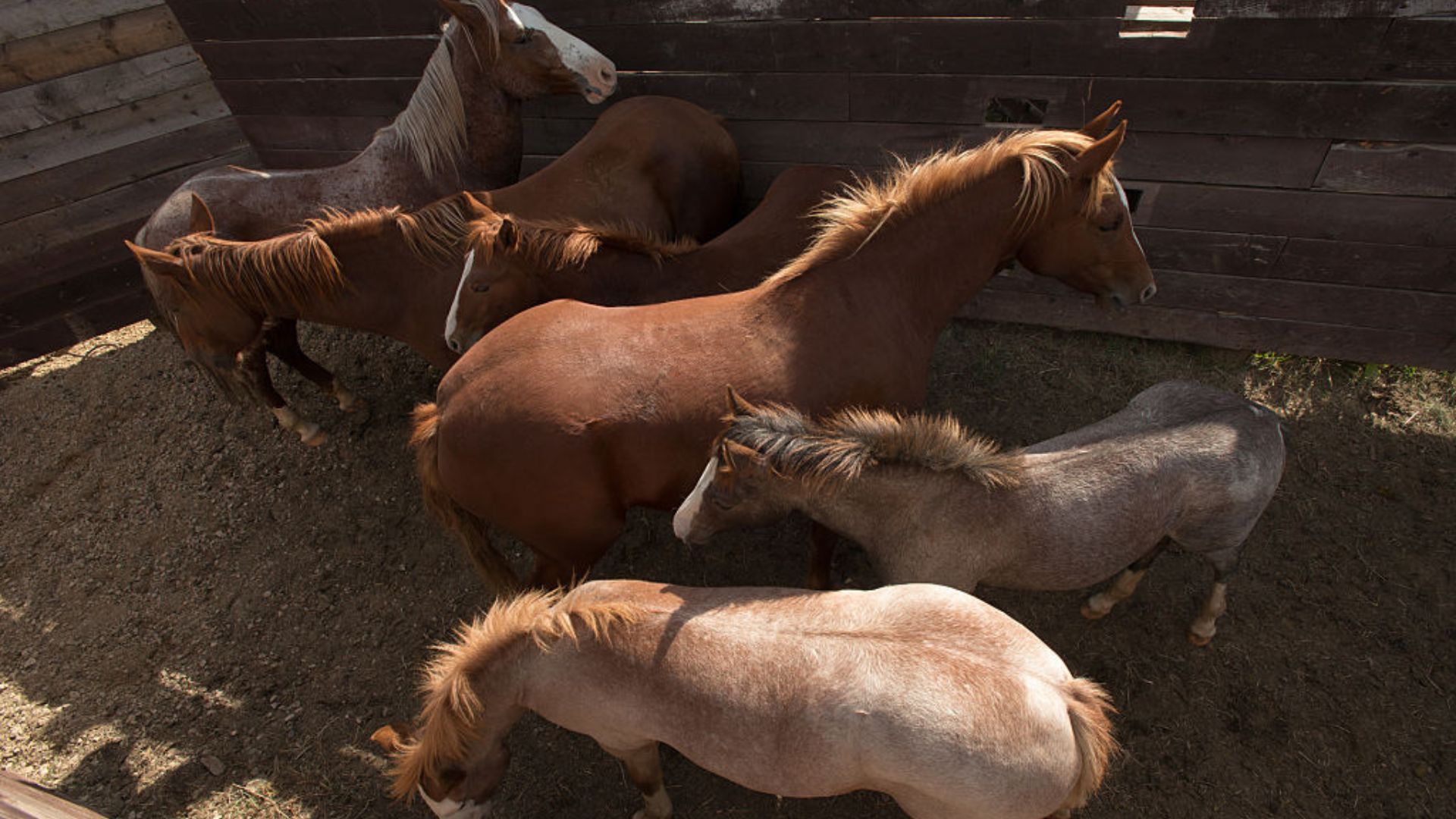
Source: Getty Images
While environmental conservation is paramount, considerations regarding the historical and cultural significance of the wild horses are integral elements influencing the final outcome of this deliberation.
Ecosystem vs History
The central challenge lies in striking a balance between preserving the park’s ecological integrity and honoring its historical narrative.
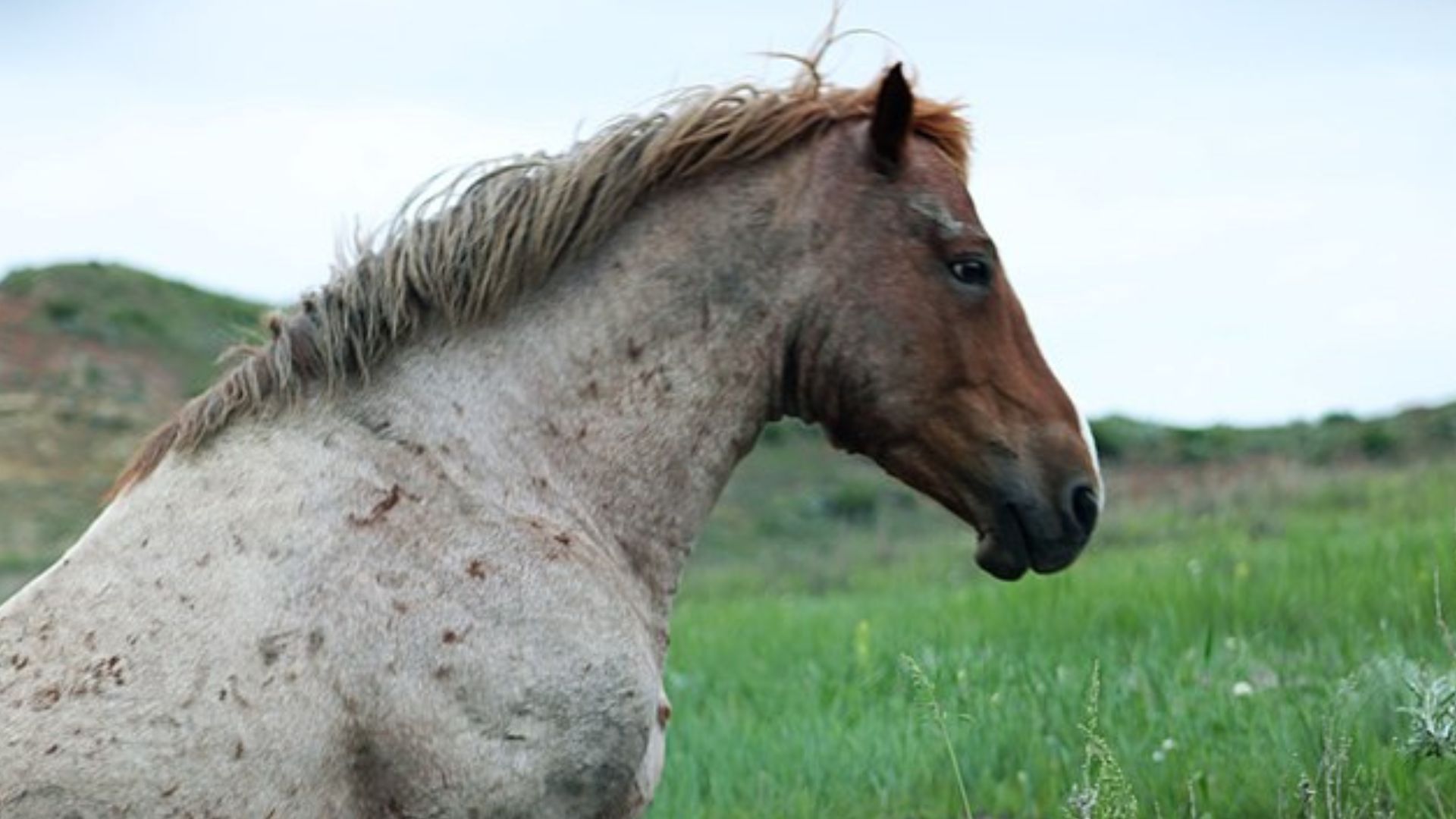
Source: Wikimedia Commons
Each aspect holds substantial weight, and the decision will inevitably impact the park’s future. The wild horses symbolize a living history, yet concerns about their impact on the ecosystem persist.
Awaiting Decision
As the public comment period progresses, the fate of the wild horses in Theodore Roosevelt National Park hangs in the balance. This decision, influenced by environmental, historical, and public opinion factors, will shape the park’s future.
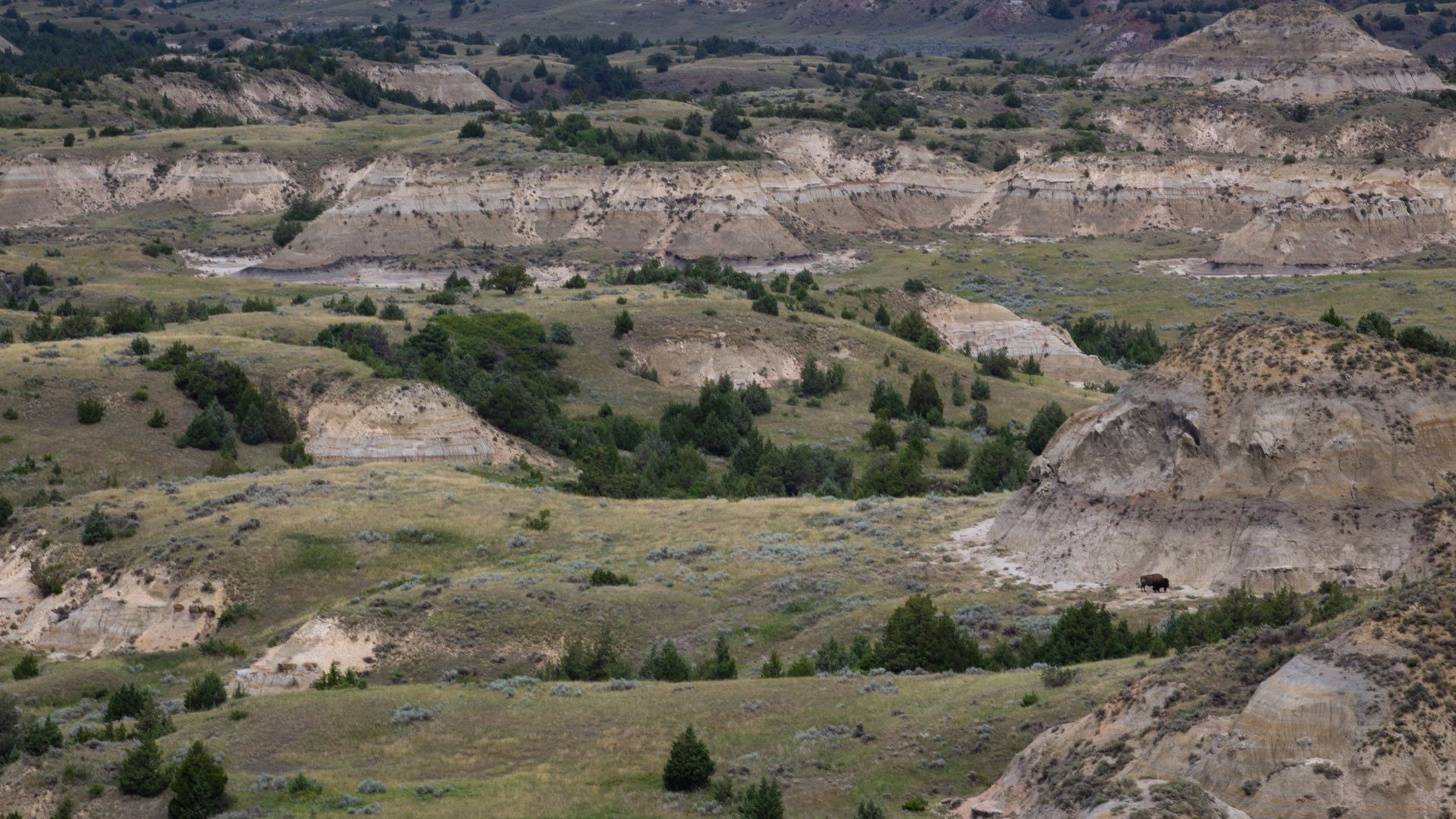
Source: Ryan Stone/Unsplash
It highlights the complex interplay between conserving biological diversity and preserving historical and cultural narratives within protected natural spaces.
